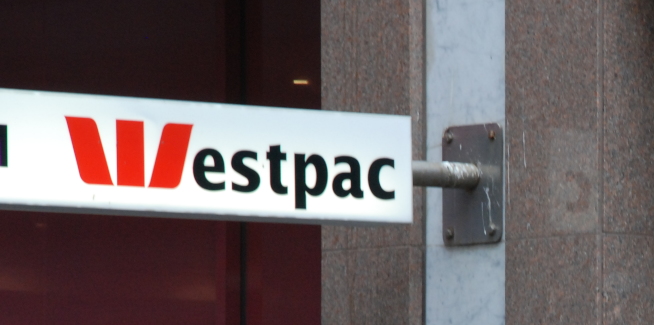On Monday (5 November), the big four bank halted the trading of its shares in order to facilitate a placement worth approximately $2.5 billion in capital.
The vast majority of this ($2 billion) was to be raised by a fully underwritten institutional share placement, with the remaining $500 million expected to be raised by a non-underwritten share purchase plan.
According to Westpac, the capital raise will help provide an increased buffer above the Australian Prudential Regulation Authority’s (APRA) “unquestionably strong” common equity tier 1 (CET1) capital ratio benchmark of 10.5 per cent.
The bank added that the raising would also create “flexibility for changes in capital rules” and for “potential litigation or regulatory action”.
Less than 24 hours after calling the trading halt, Westpac revealed that it had successfully completed its share placement.
All new shares were reportedly allocated to “sophisticated and institutional investors” in the deal and are expected to settle by the end of tomorrow (Thursday, 7 November).
Approximately 79 million new, fully paid ordinary shares in Westpac will be issued under the placement at the price of $25.32 per share.
The new shares will commence trading on the ASX on Friday (8 November 2019), but they will not be entitled to receive the 2019 final dividend of 80 cents per share (as previously announced).
New shares under the placement will trade under a separate ASX code “WBCNB” up to and including 11 November 2019, being the day prior to the ex-dividend date for the 2019 final dividend.
New shares will then trade under the code “WBC” from 12 November 2019.
The news comes just a day after the major bank released its full-year results for the 2019 financial year (FY19), recording a statutory net profit after tax of $6.7 billion, down 16 per cent on FY18.
According to the big four bank, the introduction of an unpopular expense verification tool contributed to a sharp decline in its home lending volumes.
Subdued activity in the mortgage market also contributed to the group’s weak underlying performance with Westpac’s home loan volumes falling by $14.7 billion (19.5 per cent), from $75.3 billion in FY18 to $60.6 billion in FY19.
As a result, the bank reported a modest increase in its mortgage portfolio, which grew by approximately $4.5 billion, from $444.7 billion in FY18 to $449.2 billion.
[Related: Westpac halts trading to launch $2.5bn capital raising]
 ;
;